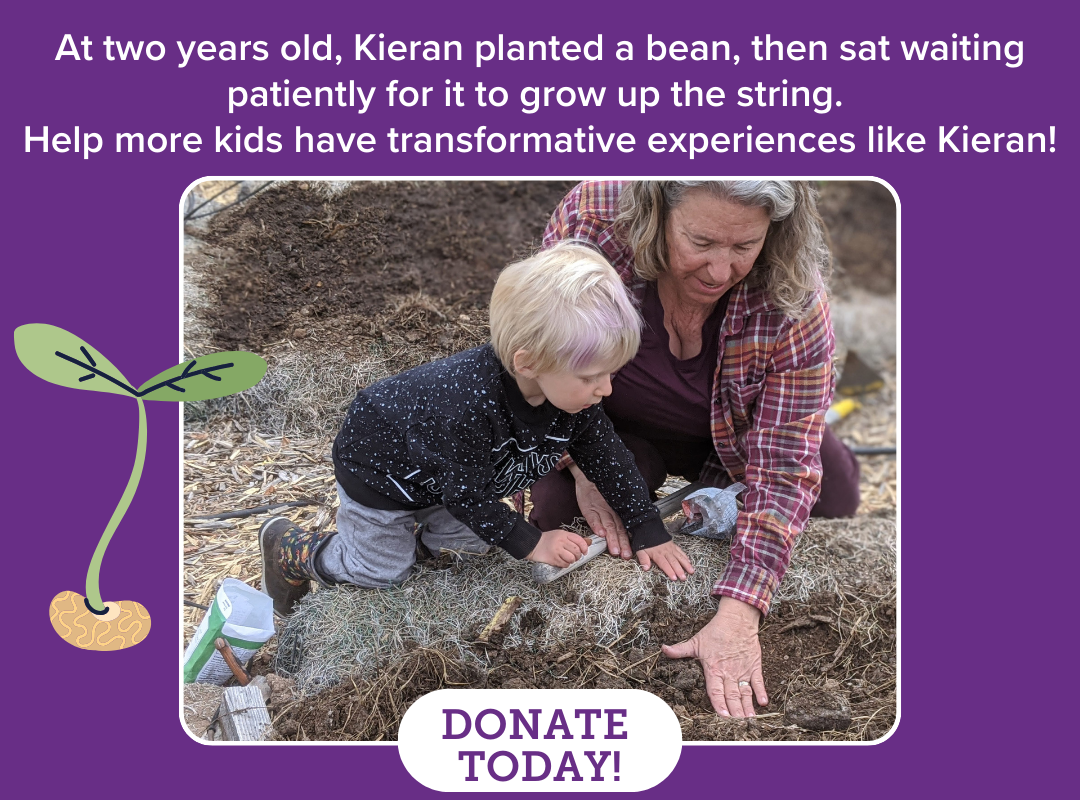Materials
- Stock succulent plant for harvesting leaves
- Tray or saucer (1/2" to 1" deep)
- Moistened soilless potting mix
- Water
- Small pots for transplanting

"I started my own succulent garden, collecting every variety from different neighbors in my community." — 2020 KG Photo Contest Winner
Instructions
- Obtain parent plants. Succulent plants are very popular and readily available now. You can propagate new plants from a “parent” plant you already have, or purchase inexpensive succulents at nurseries and even some supermarkets. Below are examples of rosette-forming succulents.

- Prepare a shallow tray or saucer, ideally about 1" deep. Plastic take-out containers work well. As long as you’re careful about watering, the trays don’t need drainage holes. Fill the tray with a 1/2" deep layer of moistened soilless potting mix.

- Examine your “parent” succulent plant. If you are using an older plant, you may see that a stem has elongated and is reaching toward the light, as in the photo. You can cut the stem near the soil line, and then use its lower leaves individually to form new plants and replant the very top where the leaves are still tightly packed together as one plant.
If you have a smaller, newer plant, it may be easier to remove the whole plant from its pot in order to be able to access the lower leaves for planting. - Remove leaves. Starting with the lower and larger leaves of the rosette, grasp a leaf and gently wiggle and twist to break it off close to the stem. When you get near the top where the leaves are much smaller, you can leave them as a cluster and just plant the remaining stem and top rosette of leaves as a new plant too!

Look carefully before removing the leaves. Some leaves may have already formed roots while they’re still attached to the parent plant.
- “Plant” the leaves. Simply place the leaves on the surface of the moist potting mix. Don’t bury the leaves; in fact, the cut ends (where the roots form) don’t even need to be touching the soil!

- Place the tray in a warm (room temperature) spot in bright light but out of direct sunlight. Apply water gently when the soil surface begins to dry out, adding just enough water to keep the soil moist but not saturated. (This careful watering is especially important if your tray doesn’t have drainage holes.A spray bottle can be a very helpful tool for gentle watering.)Within a few weeks, you’ll begin to see roots forming at the cut end of the leaf. Soon after, you’ll see tiny rosettes begin to form there, too!

- The parent leaf will begin to wither and rot, and can be removed. When the rosettes are about 1/2" across, gently transplant them to another tray to continue growing.

- Once they’re an inch or so in diameter, your baby succulents are ready to place in their own pots. Enjoy them yourself and give extras to family and friends.










